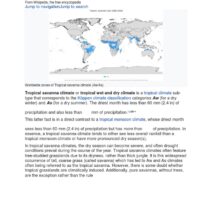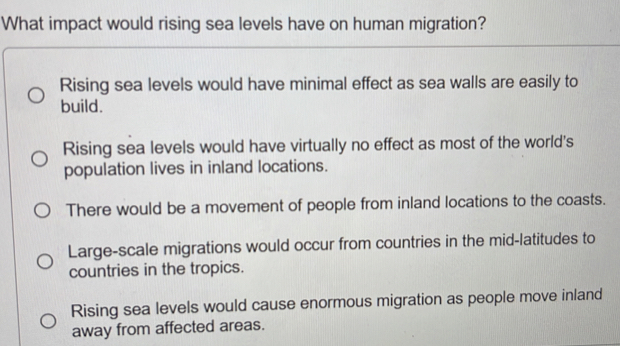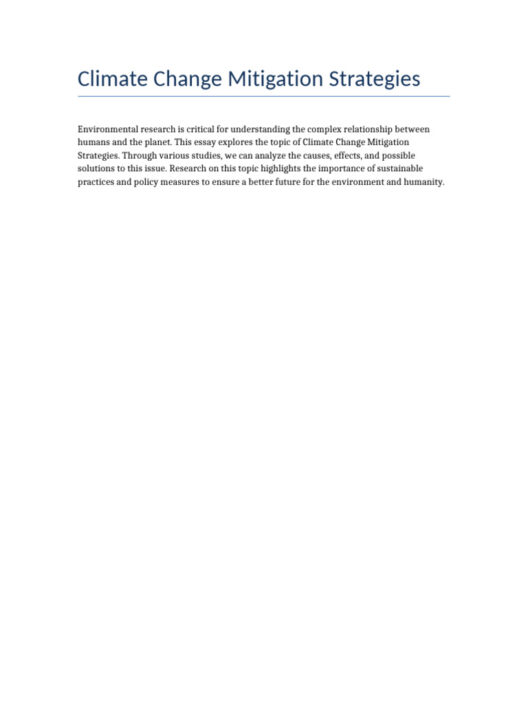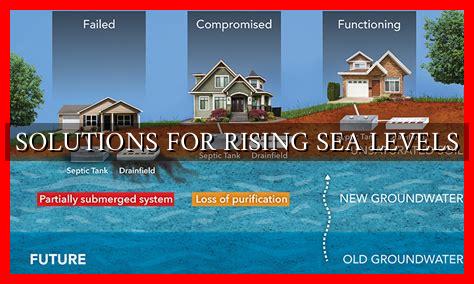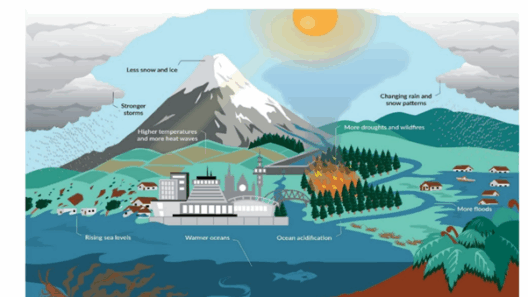As we contemplate the majestic vastness of Earth’s oceans, one cannot help but ponder: what happens when these expansive blue bodies start encroaching on land? Rising sea levels pose a formidable challenge to humanity, affecting not just our geography, but our very way of life. This article delves into the multifaceted implications of rising sea levels, exploring how this phenomenon impacts human migration, infrastructure, ecosystem health, and socioeconomic stability.
The Science Behind Rising Sea Levels
Before exploring the human implications, it’s essential to understand the science underpinning rising sea levels. Primarily, the melting of polar ice caps and glaciers is driving this change. According to the Intergovernmental Panel on Climate Change (IPCC), thermal expansion—when water heats and expands—also significantly contributes to the rising tide. As the planet warms, the relentless march of these processes accelerates, resulting in projections that range from 1 to 2 meters of inundation by the end of the century if current trends persist.
Do rising seas challenge not just our homes but our very existence? The potential for displacement is a reality we cannot ignore.
Migration: A Push and Pull Scenario
As coastlines are swallowed by encroaching oceans, millions of people may find themselves in a perilous predicament, forced to move from areas that were once safe and thriving. Cities like Miami, New Orleans, and Jakarta are on the frontline, facing increasing flooding that renders their landscapes increasingly untenable. The need to migrate will not only come from immediate dangers but also from diminished resources. With saltwater intrusion into freshwater supplies, access to clean water could become a scarcity, pushing populations inland.
It is imperative to consider the social fabric of communities that would forcibly disband. Migration driven by environmental crises strains neighboring regions or countries, as they grapple with an influx of climate refugees. This raises questions about how societies address these challenges. Will we embrace a new era of solidarity, or will nationalistic sentiments prevail in denying assistance to displaced individuals?
Infrastructure Under Siege
Rising sea levels will also wreak havoc on urban infrastructure. Coastal cities are home to critical systems—power plants, water treatment facilities, and transportation networks that form the backbone of society. As saltwater infiltrates these installations, the durability of buildings, bridges, and roads diminishes. Design and engineering will need to pivot; investing in resilient structures that can withstand such changes is no longer a luxury but a necessity.
Moreover, the financial burden on municipalities will skyrocket as the need for adaptation and mitigation escalates. Repairing damage and retrofitting existing structures will demand public investment. Funding will likely be limited, especially as populations grow and essential services are strained. This economic conundrum raises the possibility of exacerbated inequalities. How can we ensure equitable processes that prioritize those most vulnerable?
Ecological Consequences: A Ripple Effect
The human realm is inextricably linked to the ecosystems that surround us. Rising sea levels disrupt delicate marine and coastal ecosystems, causing loss of biodiversity. Mangroves, salt marshes, and coral reefs all serve as buffers and habitats that protect coastal areas from storm surges and serve as crucial ecological nurseries. As sea levels rise, these vital ecosystems are inundated, threatening the myriad species that rely on them.
This disruption will have cascading effects on global food systems, particularly in communities that rely on fishing and agriculture. A decline in fish populations due to habitat loss and changes in water salinity can result in food insecurity, leading to heightened competition and conflict. Furthermore, the economic vitality of coastal communities will dwindle, leading to increased migration pressures and potentially heightened sociopolitical tensions.
Addressing the Challenge: Action and Responsibility
The question that permeates our collective consciousness is simple yet staggering: what can we do? Addressing the challenges of rising sea levels requires comprehensive and coordinated action. From governments to individuals, everyone plays a role in mitigating climate change and preparing for its consequences. Robust policy frameworks need to be implemented that promote sustainable urban development, resilient infrastructure, and equitable migration strategies.
Investing in green technology and renewable energy sources can significantly curtail greenhouse gas emissions, slowing the rate of climate change. The integration of eco-friendly practices into daily life—from responsible consumerism to reducing waste—can spark necessary cultural shifts. Ultimately, it will be critical to foster an environment of awareness and education, empowering individuals to take action in their communities and beyond.
Conclusion: Facing the Rising Tide
Rising sea levels are far more than a scientific phenomenon; they are a clarion call for humanity to reckon with its relationship to the environment. As we navigate this impending crisis, we must remain vigilant in our efforts to adapt and mitigate the challenges it brings. It’s imperative to ask ourselves how we can transform potential calamities into possibilities for growth and resilience in the face of adversity. The tides may be rising, but so too must our commitment to creating a sustainable future for generations to come.


